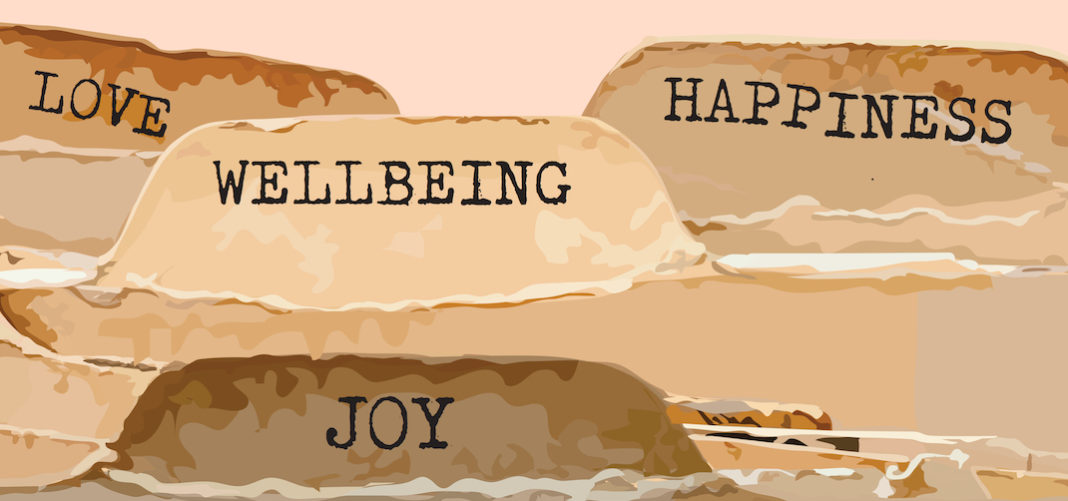I spent years studying damage, deficit and dysfunction in the human mind. I don’t remember once in my training hearing the words “joy,” “awe” or “wellbeing.” We talked about “happiness” but only in a negative sense. During a manic phase of bipolar illness, patients may experience excessive happiness. The diagnostic criterion of mania includes a persistently elevated or expansive mood and inflated self-esteem. This is a bad thing. It has negative consequences like irresponsible spending or reckless sexual behavior.
Genuine happiness is not given much thought in the training of psychologists and psychiatrists. The goal of treatment is to get a patient “back to baseline” (not clinically sick) and the goal of most research is to gain a better understanding of mental disorders.
Studying what people are like at their best has not received much attention until recently. In 1998, Martin Seligman was the President of the American Psychological Association. He had a successful career studying depression and was known for his work on the theory of “learned helplessness” as a model for depression. Yet the singular focus on illness troubled him:
Psychologists (and psychiatrists) have scant knowledge of what makes life worth living. They have come to understand quite a bit about how people survive and endure under conditions of adversity. However, psychologists (and psychiatrists) know very little about how normal people flourish…
Seligman set out to change that. He broke new ground by founding the modern field of Positive Psychology.
Positive psychology proposes to correct this imbalance by focusing on strengths as well as weaknesses, on building the best things in life as well as repairing the worst. It asserts that human goodness and excellence is just as authentic as distress and disorder, that life entails more than the undoing of problems.
Positive psychology has flourished over the past two decades, leading to a greater understanding of optimal human functioning and resilience.
Seligman’s life changing book, Flourish: A Visionary New Understanding of Happiness and Well-being, outlines his groundbreaking theory of wellbeing known as the PERMA model. The theory holds that the following five elements are the building blocks of a good life:
1. Positive Emotion (P)
Positive emotion such as peace, gratitude, satisfaction, pleasure, inspiration, hope, curiosity, awe, and love are life-enhancing. A “dose” of positive emotion creates an upward spiral of positivity.
2. Engagement (E)
When we’re truly engaged in a situation, task, or project, we experience a state of flow: time seems to stop, we lose our sense of self, and we concentrate intensely on the present.
3. Positive Relationships (R)
We are “social beings,” and good relationships are essential for wellbeing. Strong social connections are linked with good physical and mental health and are also protective against stressors.
4. Meaning (M)
Meaning comes from serving something larger than ourselves. It puts life in perspective. It may be a religion, a cause, or an overriding sense of purpose that we belong to something bigger.
5. Accomplishment/Achievement (A)
Mastering a skill, achieving one’s goal, and living life in concert with one’s values is important for wellbeing. Working towards a goal is rewarding in itself.
The good news is that all five elements of PERMA can be cultivated.
Your assignment: get more PERMA in your life today.
I wish you all the best,
Dr. Samantha Boardman






